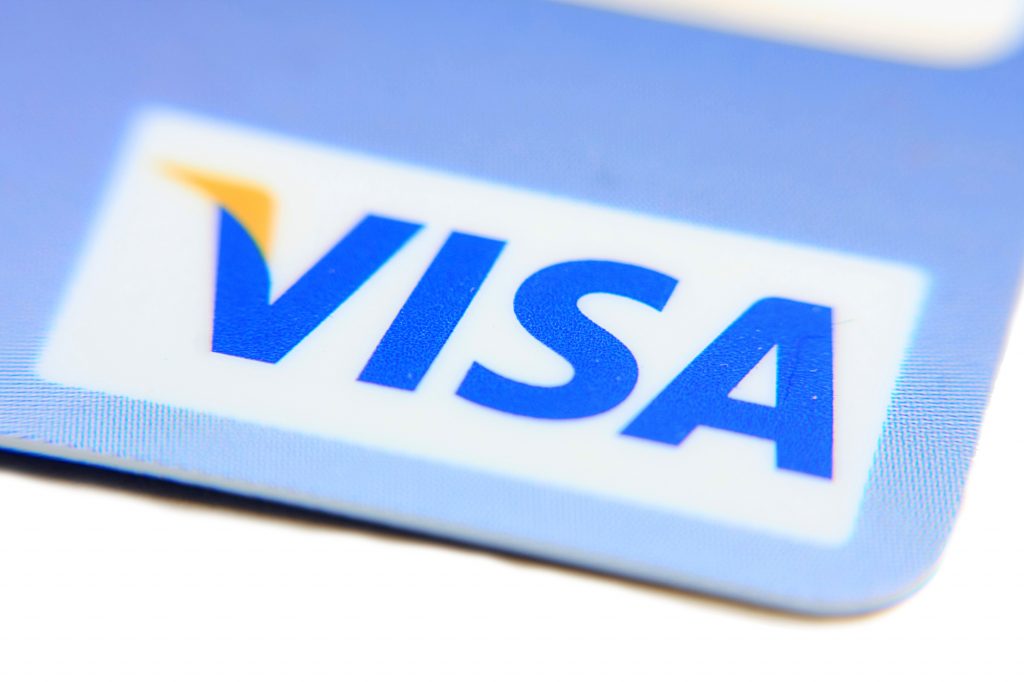What happened this week around blockchain and cryptocurrencies? The most relevant local and international events as well as appealing background reports in a pointed and compact weekly review.
Selected articles of the week:
The intensifying regulatory environment for cryptocurrency companies in the United States has been making headlines for several months. With the Securities and Exchange Commission (SEC) at the forefront, US authorities are actively targeting companies without establishing legal foundations beforehand. As a result, there is a significant level of uncertainty for companies, investors, and consumers. It is not surprising that prominent US players like Coinbase are now seeking international alternatives. Historically finance-friendly jurisdictions such as Switzerland, Singapore, and, with China’s recent change in direction, Hong Kong are potentially attractive locations. However, Dubai is also increasingly establishing itself as a crypto hub, while the EU has created the first legal framework with MiCA. A detailed overview of crypto regulation in the US, Asia, the EU, and Switzerland is provided.
A comprehensive overview of tightening crypto regulation in the United States, Asia, the EU, as well as Switzerland.
China has a complex history with cryptocurrencies. In 2013, the country introduced its first restrictions on digital assets and banned banks from facilitating Bitcoin transactions. In 2017, China further tightened its approach by banning Initial Coin Offerings (ICOs) and forcing local cryptocurrency exchanges to close. Despite these measures, the adoption of cryptocurrencies continued to steadily increase. In 2019 and 2020, the government expressed hostility towards Bitcoin mining and intended to block foreign crypto trading platforms. In May 2021, Chinese authorities consistently enforced their measures for the first time. In response, some companies, particularly in the mining sector, fled the economy for other jurisdictions. Unofficially, a significant crypto ecosystem still exists in China. It is all the more welcome that the government in Beijing can embrace the legalization and regulation of the sector in Hong Kong.
Hong Kong plans to regulate retail crypto services starting in June 2023; has China reversed its stance on cryptocurrencies?
This Monday, some members of the Bitcoin community celebrated a somewhat unusual holiday. The so-called “Bitcoin Pizza Day” commemorates the first Bitcoin payment for a real-world good 13 years ago. In exchange for two Domino’s pizzas, a member of the Bitcointalk forum paid 10,000 Bitcoins – equivalent to around 270 million USD today. However, at that time, Bitcoin was barely a year old, and its value was largely speculative. The cryptocurrency was not widely used as a means of payment. Therefore, the trade for two pizzas marked the milestone at which the theoretical concept of Bitcoin became a practical medium of exchange.
The global tradition of Bitcoin Pizza Day commemorates the historic purchase of two pizzas in 2010 and celebrates the first real-world test.
Ethereum is a decentralized blockchain platform that enables developers to create smart contracts and decentralized applications (dApps). The native cryptocurrency of the Ethereum platform is called Ether (ETH), which serves both as a digital currency and as a medium of exchange within the Ethereum ecosystem. As the second-largest cryptocurrency, Ethereum exhibits parallels to various traditional assets such as investment goods, consumer goods, and stores of value. Therefore, different approaches are necessary to evaluate Ether compared to conventional financial models. An analysis of the network’s revenue drivers reveals strong growth potential and a robust ecosystem.
An overview of Ethereum’s value flow to understand the growth potential of the ecosystem using the primary drivers of the ETH token.
In addition: one and a half years ago, a Picasso painting was tokenized by a regulated bank for the first time. Tokenization refers to the process of creating digital tokens that represent ownership or investment rights in a specific artwork. These tokens are typically based on blockchain technology and enable the division of ownership as well as the easier transferability of these rights. In the case of Picasso’s “Fillette au béret,” ownership of the 59-year-old artwork was divided into fractions of 1,000 CHF each. These fractions were transferred to the blockchain and tradable as so-called security tokens. However, this week the painting found a new owner. Through a digital vote among token holders, the sale of the artwork was approved, and the proceeds were distributed to the fraction owners’ wallets using smart contract technology. This serves as an illustrative example of how tokenization can make investments into a CHF 4 million artwork accessible to smaller investors.
The first Picasso painting to be tokenized by a regulated bank found a new owner for a profit of around 20% distributed to token holders.









